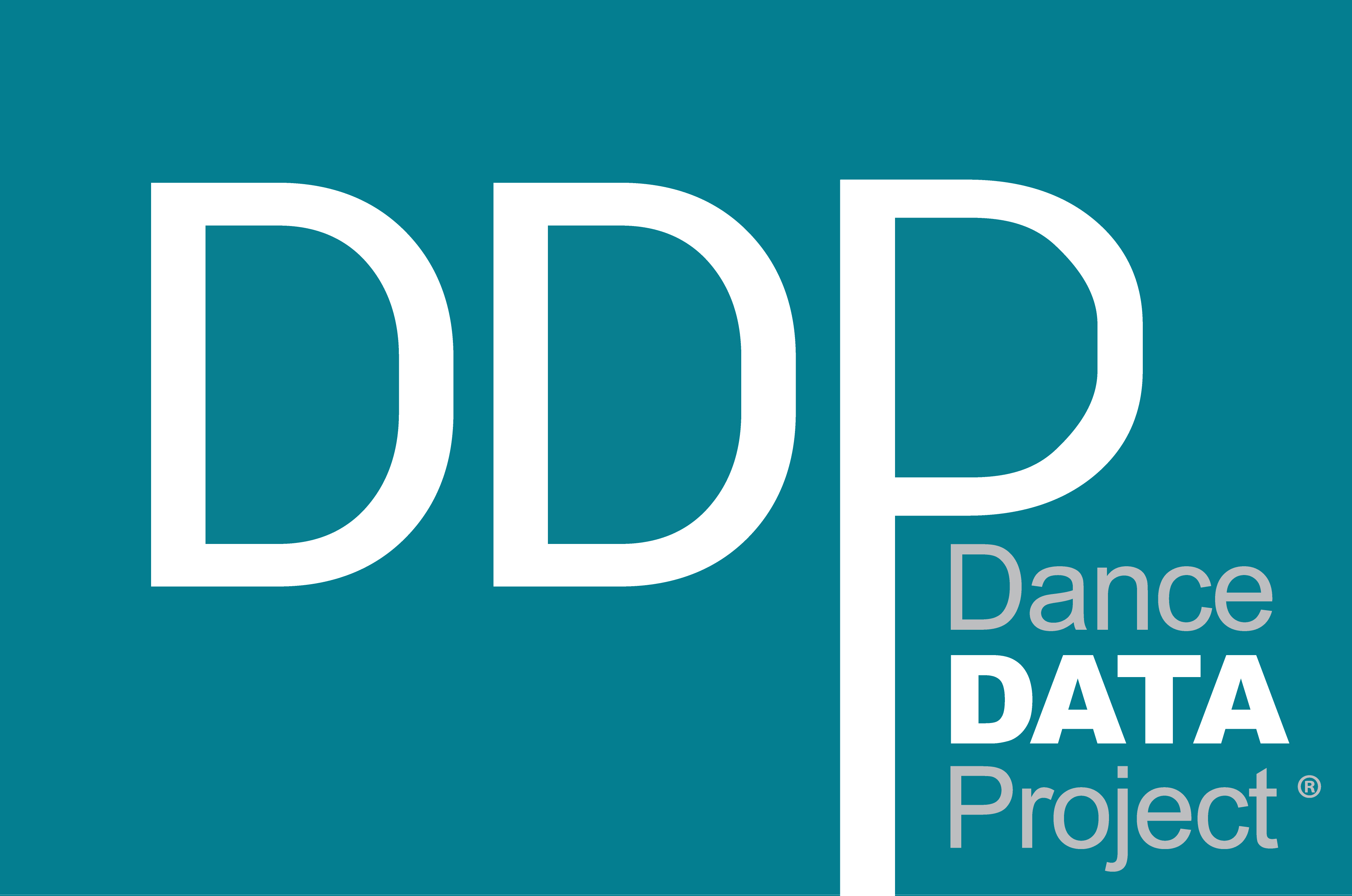DANCE DATA PROJECT® RELEASES FIFTH ANNUAL SEASON OVERVIEW REPORT, FINDS WOMEN CHOREOGRAPHED 32 PERCENT OF ALL WORKS PROGRAMMED BY LARGEST 150 U.S. BALLET COMPANIES
Northfield, IL | August 22, 2023 | Today, Dance Data Project® (DDP) announces its Season Overview 2022/2023 Report, an analysis of the choreographic works programmed in the United States during the most recent performance season. This is the second DDP report to examine the programmed seasons of 150 U.S. ballet and classically inspired companies, tripling the number of companies historically surveyed. “Widening our scope of examination, whether through inclusion of more organizations in our sample or by tracking percentage shifts over time, is how DDP continues to offer an ever more comprehensive view of dance leadership and programming in the US year after year,” said Patrick Crocker, President of DDP’s Board of Directors.
DDP recorded a total of 1,637 works for the 2022/2023 performance season. Of these, 32% of all works programmed were choreographed by women. This is an increase from 29% female-choreographed works reported the previous year. Of all works in the 2022/2023 season, women choreographed 23.9% of full-length works presented and 35% of mixed bill works.
“DDP has moved past tracking raw percentages of works commissioned. We now assess length of the piece and whether it’s performed on the main stage or a black box theater, by the main company or trainees and for the first time, and whether the work is a company premiere,” said DDP Research Coordinator Jenna Magrath.
Within the Largest 50 companies, 83.7% of non-premiere works were choreographed by men compared to only 12.9% by women*. In the 2021/2022 season, men choreographed 75% of non-premieres in the Largest 50, and in 2020/21 82% of non-premieres were choreographed by men within the Largest 50. These findings indicate that company repertoires are nearly exclusively comprised of male-choreographed works within the Largest 50 companies. “As our recent ranking report demonstrated, the dance industry contracted severely in FY 2021, which limits budgets to commission new full length works. The problem is, if companies decide to draw from an almost exclusively male repertoire to save money – especially for evening long story ballets, audiences are ‘treated’ to works created almost entirely by men – depriving us of new, more interesting voices,” said DDP President & Founder, Elizabeth “Liza” Yntema.
Of particular note – within the Largest 10 companies, which represent 58% of the Largest 150’s total expenditures (at over $225 million), women choreographed 14.9% of all commissioned works. “These companies, with the greatest financial capacity and critical recognition within the industry, collectively have lagged behind regional and even smaller ballets in programming works by women,” said DDP Communications Lead Isabelle Ramey.
In the Largest 50 companies (ranked #1-50 by FY2020 expenditures), 22.9% of all works performed in the 2022/2023 season were works by women. The Next 50 companies (ranked #51-100 by expenditures) programmed more gender-equitable seasons, with 37.0% of all works created by female choreographers. The Additional 50 companies (rankied #101-150 by expenditures) performed the best in terms of equitable season programming, with 44.1% of all works created by women.
Between the 2021/2022 and 2022/2023 performance seasons, the Largest 50 ballet & classically inspired companies showed a decline in the percentage of choreography by women, from 27% to just 22.9%. Further year-to-year comparisons can be found in the full report.
The Season Overview 2022/2023 Report is available on the Dance Data Project® Research Page or by download below.
*Note: The original press release has been updated to accurately report the percentages of non-premiere works for the Largest 50. A previous iteration stated: “Within the Largest 50 companies, 83.7% of non-premiere works were choreographed by men compared to only 22.1% by women.” The 22.1% figure reported here references the non-premiere works for the Largest 150 that were choreographed by women, not the Largest 50. This sentence has been updated with the accurate figure: 12.9% of non-premiere works presented by the Largest 50 were choreographed by women.


